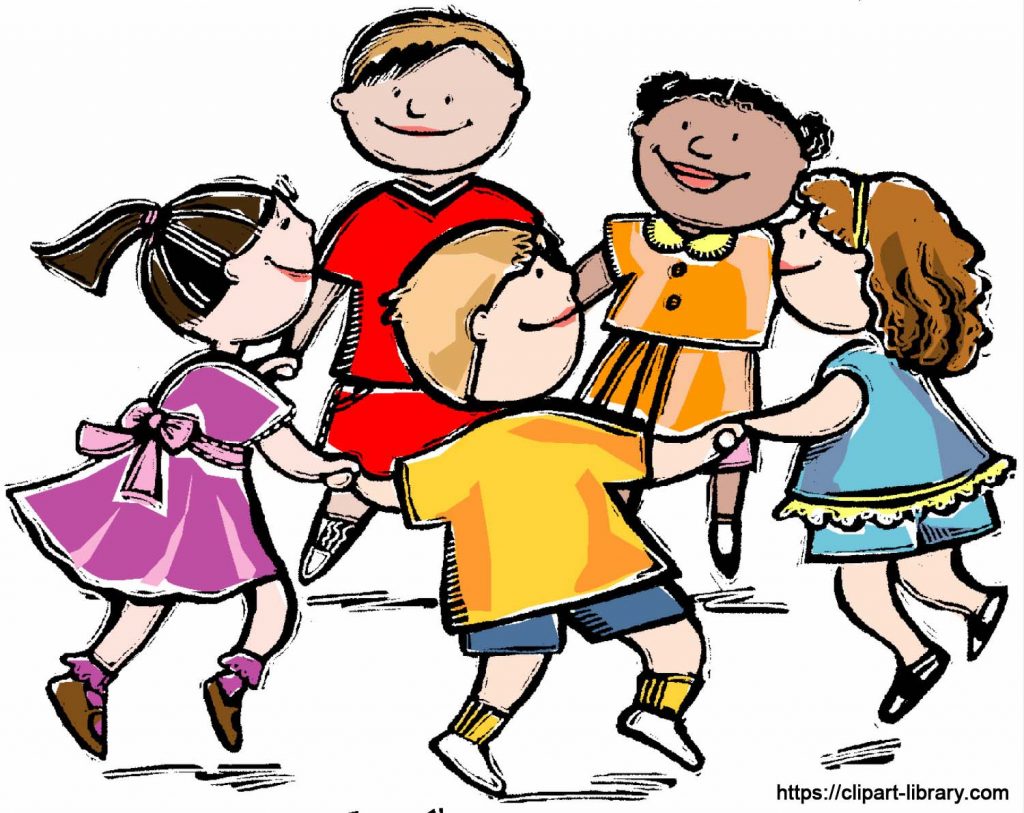Ever since I became a mother, I have received warnings from friends and family about the dangers of the world. There was that story about shoes or flip flops getting sucked into the steps of an escalator (this really happened to my cousin’s son in California). There’s also that true story about a stranger who introduces herself to a mother as an agent for an advertising company. Agent claims the child is perfect to be cast into an ad. The agent would then ask the mother to go home and get the birth certificate so the agent could immediately cast the toddler. Unsuspecting and gullible mommy leaves her child with the agent so she could travel faster. You know the conclusion to that.
Many other stories – ranging from bothersome to scary to outright dreadful – abound in cyberspace and our airwaves. What is a parent to do?
All parents go the extra mile to protect their kids. Some go overboard. Where do we find the balance?
Before planning a course of action, we first need to think what our objective is. What do we really want our kids to end up becoming? Do we want them to be paranoid or vigilant? Do we want them to be gullible or suspicious? I think parents would agree that we want our children to become well-balanced and well-adjusted adults. We want them to be able to think for themselves and do for themselves. To these goals, training starts from babyhood.
As much as possible, we guide them in doing instead of doing for them. I think all parents are aware of this “rule.” The problem is with the implementation.
My elder daughter went to a summer preschool program and enjoyed every minute of it. She was the only child without a yaya waiting at the lobby for her. I accompanied her on her first day and the driver took over for the rest of the five weeks.
He would drop her off, run errands, then go back for her at dismissal time. The school has guards. The only photos on the fetcher’s card were mine and our driver’s (who’s been with us close to 20 years). No worries about strangers getting hold of my kid. The play area was safe – no sharp protrusions; slides ended at a rubber mat. If my kid took a tumble, she can pick herself up.

On the overprotective side, there was one yaya who carried her charge down THREE little steps. The child was almost as tall as my daughter, and he could definitely reach the child-sized banister.
Public spaces are a different matter. I’m quite over-protective in that arena. While we always bring a yaya along, my husband or I still take over toilet duty. Predators always look for yayas and check out their gullibility. When in a restaurant, the kids can run around but yaya has to follow along and make sure they do not go near the exit. We rarely go to the mall on weekends when the crowds are uncontrollable.
I’ve taught my yayas about the Chinese saying of 萬一 (ban it): things may run smoothly for 10,000 times, but there may be trouble on the 10,001st time.
There is no substitute for being proactive and vigilant. For most of the trouble that may arise, there is a corresponding course of action. My yayas are aware of all the horror stories that I’ve read online and heard from friends. On random days, when the kids are quietly painting, I quiz them about scenarios and listen to their plan of action. We cannot really cover everything that may happen to our children. At the very least, we need to ensure that our children’s caretakers can think on their feet.
They know to stick with our parenting style of letting the kids do much of the work but keeping a watchful eye on them.
While walking at a park, yaya should discourage the kids from asking to be carried. We always tell the kids “kaya mo yan.”

But more importantly, we always watch our surroundings and the kids as they run along. Once at a park in Makati, there were some rowdy boys running around carrying long bamboo branches with sharpened ends! My husband immediately confiscated the branches and asked them to leave the playground area where there were many little ones – two-year-olds to six-year-olds. When the boys came back with new branches, my husband called a security guard to shoo them away.
Toddlers like mine are not yet aware of the dangers lurking around them. However, my fears as a parent have to be managed. When children do something on their own for the first time, it is a great accomplishment, even if it is something as “insignificant” as going down the stairs alone without holding on to the banister. Parents who “bubble wrap” their children are denying their children this pleasure.
Researchers have observed that children have fewer falls, tumbles and injuries when left to play by themselves than with parents constantly cautioning them, and ready to leap forward at the slightest sign of danger. Instead, parents can warn their children before the activity.
When my 18-month-old wants to play under the table (whether at home or in a restaurant), I simply tell her “mauntog ulo mo dyan.” She becomes more careful about watching where her own head is going. More than that, if she does bump her head, it’s not too severe and there is no crying involved. She’ll even look out at us and report, “untog ulo.”
While the child is engaged in the activity, warnings that we send their way transmit our fear and distract them. There is actually greater chance for accidents to happen.

When parents suspect they are overprotective, they should do a reality check. Ask a third party, like another parent or aunts and uncles, for their opinion. Do not be hurt by criticism. This is for the welfare of the child and not an affront to the parents’ ways.
The next step is to listen to the child. What does the child want to do? Toddlers want to run around. Older children want to explore their independence. Parents can convey their concerns and make sure older children understand these concerns stem from love and not from lack of trust.
Parents of older children could discuss the dangers of an activity with the child and advise him what to do in case of an emergency. He should decide based on an assessment of the child’s overall competence and judgment.
After adopting these measures, parents may still deny their children permission to participate in certain activities. This is a parent’s prerogative. But we should always be clear about why we are deciding in such a way. The decision is based on years of experience and superior judgment. What is safe and acceptable for one child may not be so for another. At the end of the day, parents to know best what activities are acceptable for their children in terms of safety.
Meanwhile, my kids now know to keep their feet within the yellow box of escalator steps. — First published in Tulay Fortnightly, Chinese-Filipino Digest 24, nos. 1-2 (June 14-July 4, 2011): 20.





